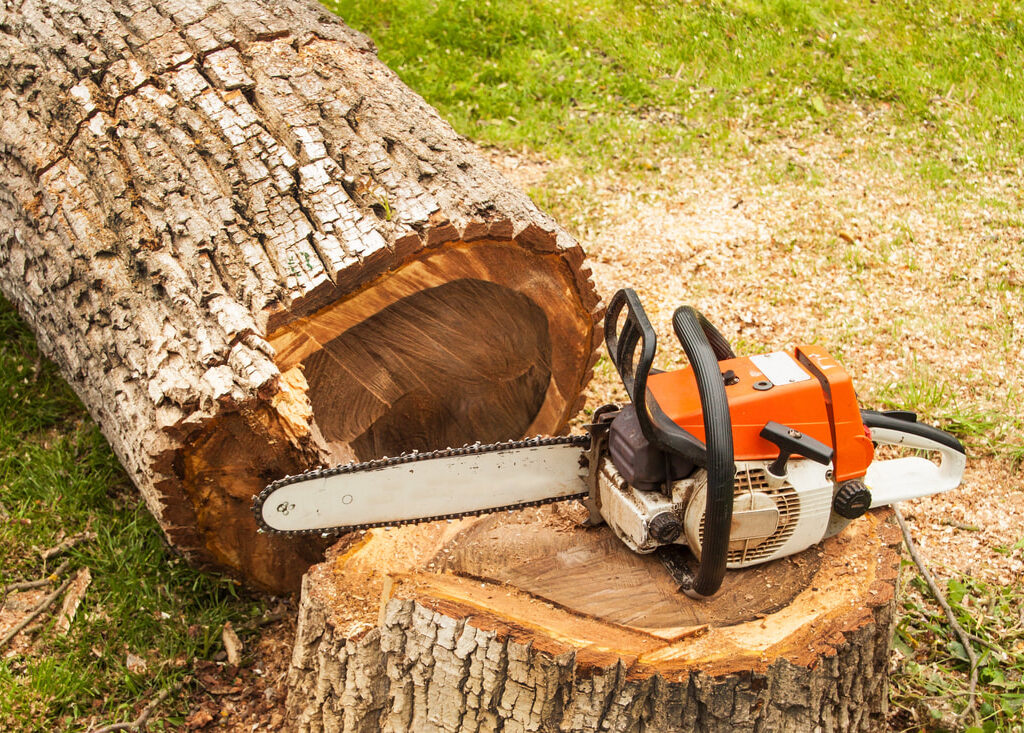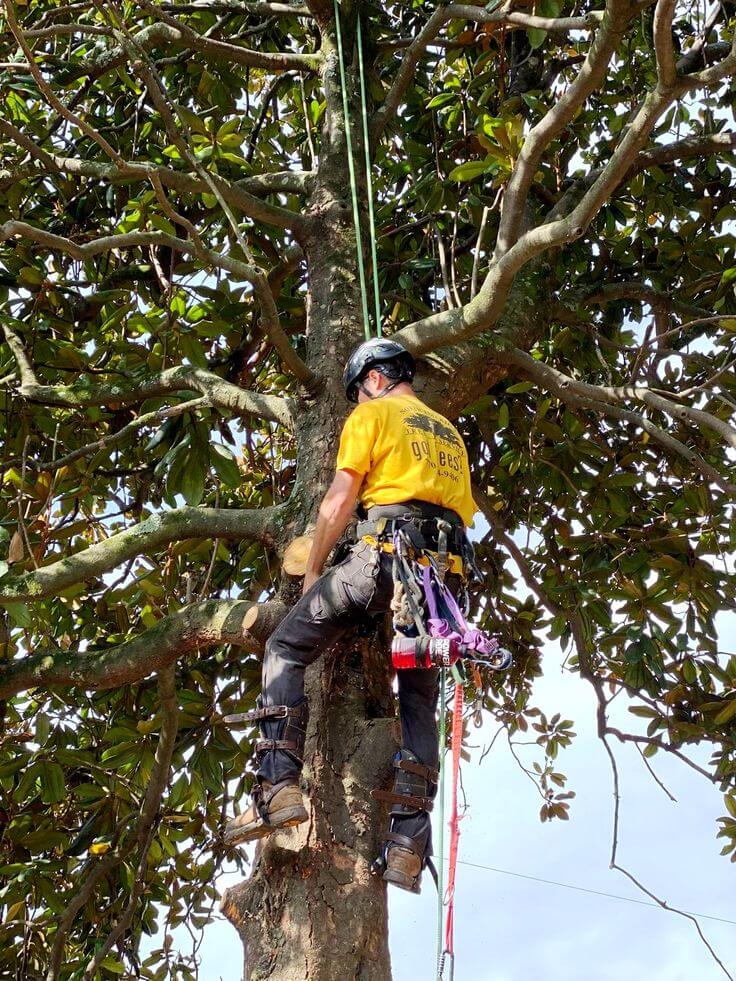Tree Removal: Everything You Need to Know
Introduction
Tree removal might not be the first thing you think of when planning your landscape, but it’s a crucial aspect of maintaining a safe and beautiful yard. Whether it’s due to safety concerns, disease, or simply making space for new growth, understanding the ins and outs of tree removal can save you a lot of hassle. Let’s dive into why tree removal is necessary, when to consider it, and how to go about it.
Why Tree Removal is Necessary
Safety Concerns
Trees can pose significant safety risks, especially if they are old or damaged. A falling tree can cause extensive property damage and even pose a risk to human life. Removing these potential hazards is essential to ensure the safety of your home and family.
Disease and Infestation
Trees are susceptible to various diseases and infestations that can weaken them over time. Removing infected trees helps prevent the spread of disease to other plants and maintains the overall health of your landscape.
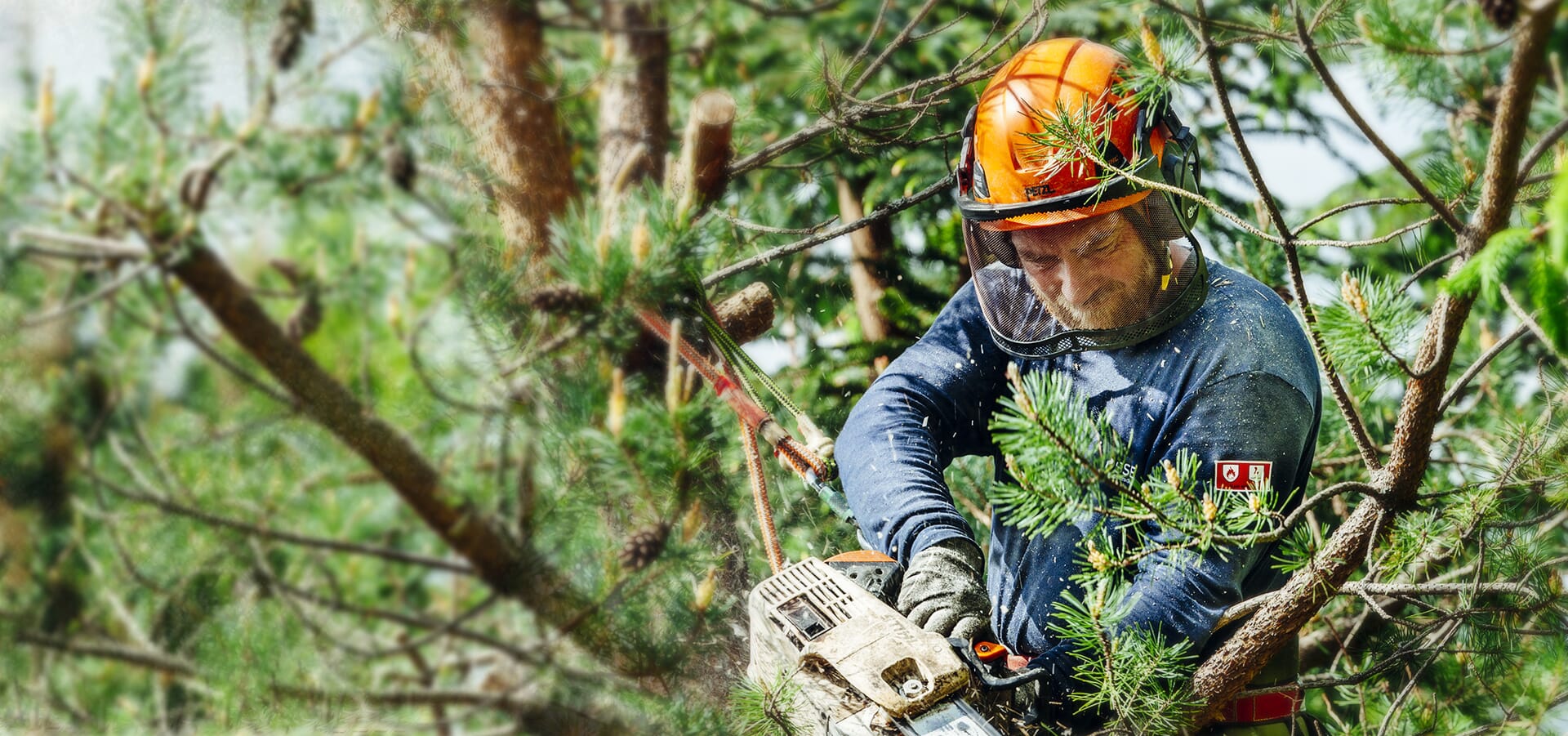
Landscape Aesthetics
Sometimes, trees can become overgrown and obstruct views or overshadow other plants. Removing these trees can enhance the beauty and appeal of your yard, creating a more balanced and aesthetically pleasing environment.
Space for New Growth
Old or dead trees can take up valuable space that could be better used for new plantings. By removing these trees, you make room for fresh growth and new landscaping opportunities.
When to Consider Tree Removal
Visible Signs of Decay
If you notice large dead branches, fungal growth, or hollow sections in your tree, it’s likely a sign that the tree is decaying and needs to be removed.
Tree Leaning Dangerously
A tree that leans precariously is at risk of falling, especially during strong winds or storms. If your tree is leaning significantly, it’s time to consider removal.
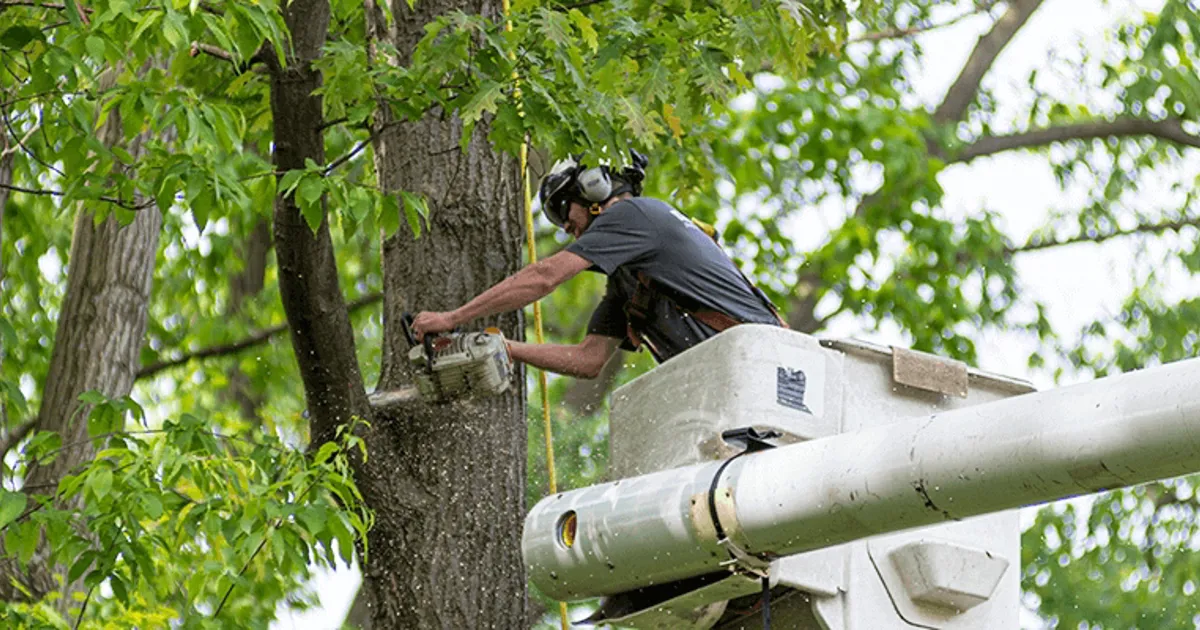
Dead or Dying Trees
Dead trees can quickly become hazards. Removing them promptly ensures they don’t pose a risk to people or property.
Root Damage
Roots that are exposed, damaged, or causing structural issues to your home’s foundation are another reason to consider tree removal.
Types of Tree Removal
Complete Tree Removal
This involves taking down the entire tree, including the trunk and branches. It’s the most common form of tree removal and is usually necessary when the tree is dead or poses a significant risk.
Partial Tree Removal
Sometimes, only part of the tree needs to be removed. This can include removing large branches that are diseased or overhanging dangerously.
Emergency Tree Removal
Emergency removal is required when a tree has fallen or is about to fall and poses an immediate threat to people or property. This type of removal needs to be handled urgently.
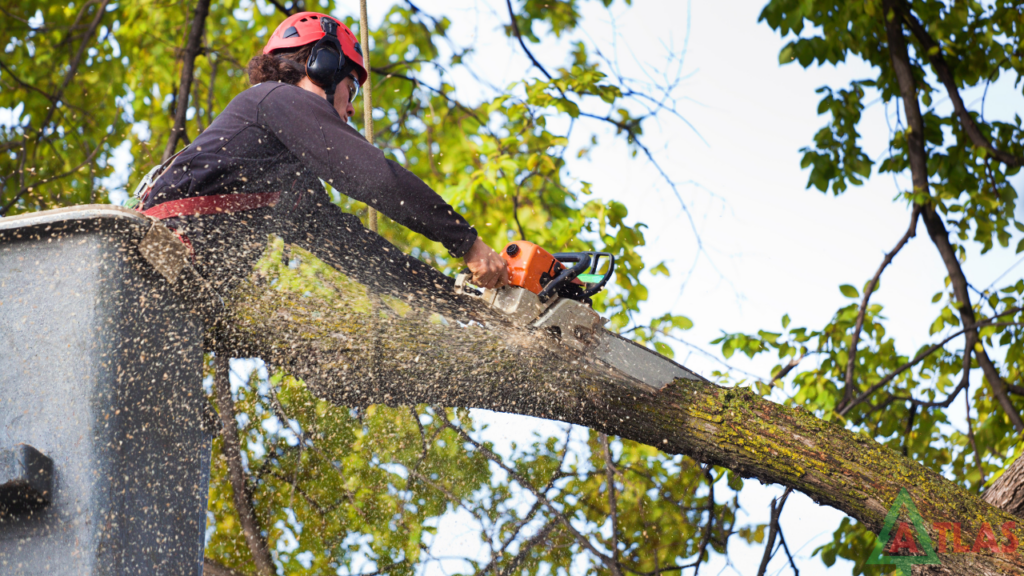
DIY Tree Removal: Is It Worth It?
Pros and Cons of DIY
Doing it yourself can save money, but it comes with risks. Without the right experience and equipment, DIY tree removal can be dangerous and potentially more costly if things go wrong.
Necessary Tools and Equipment
Chainsaws, ropes, safety harnesses, and protective gear are just a few of the tools you’ll need. It’s a significant investment if you don’t already own them.
Safety Precautions
Always wear protective gear, ensure your tools are in good condition, and never attempt to remove a tree alone. Safety should always be your top priority.
Hiring Professional Tree Removal Services
Benefits of Professional Services
Professionals bring expertise, proper equipment, and the knowledge to handle tree removal safely and efficiently. They can also help with cleanup and disposal.
How to Choose the Right Service
Seek out certified and insured experts who have excellent reviews and a strong track record. Obtain several estimates to make sure you’re getting a reasonable rate.
Questions to Ask Before Hiring
Do you have insurance?
Can you provide references?
What’s included in your service?
How do you handle cleanup?
The Tree Removal Process
Initial Assessment
Professionals will first assess the tree and surrounding area to plan the safest removal strategy.
Permits and Regulations
Check local regulations as you might need a permit. Professionals often handle this, but it’s good to be aware of what’s required.
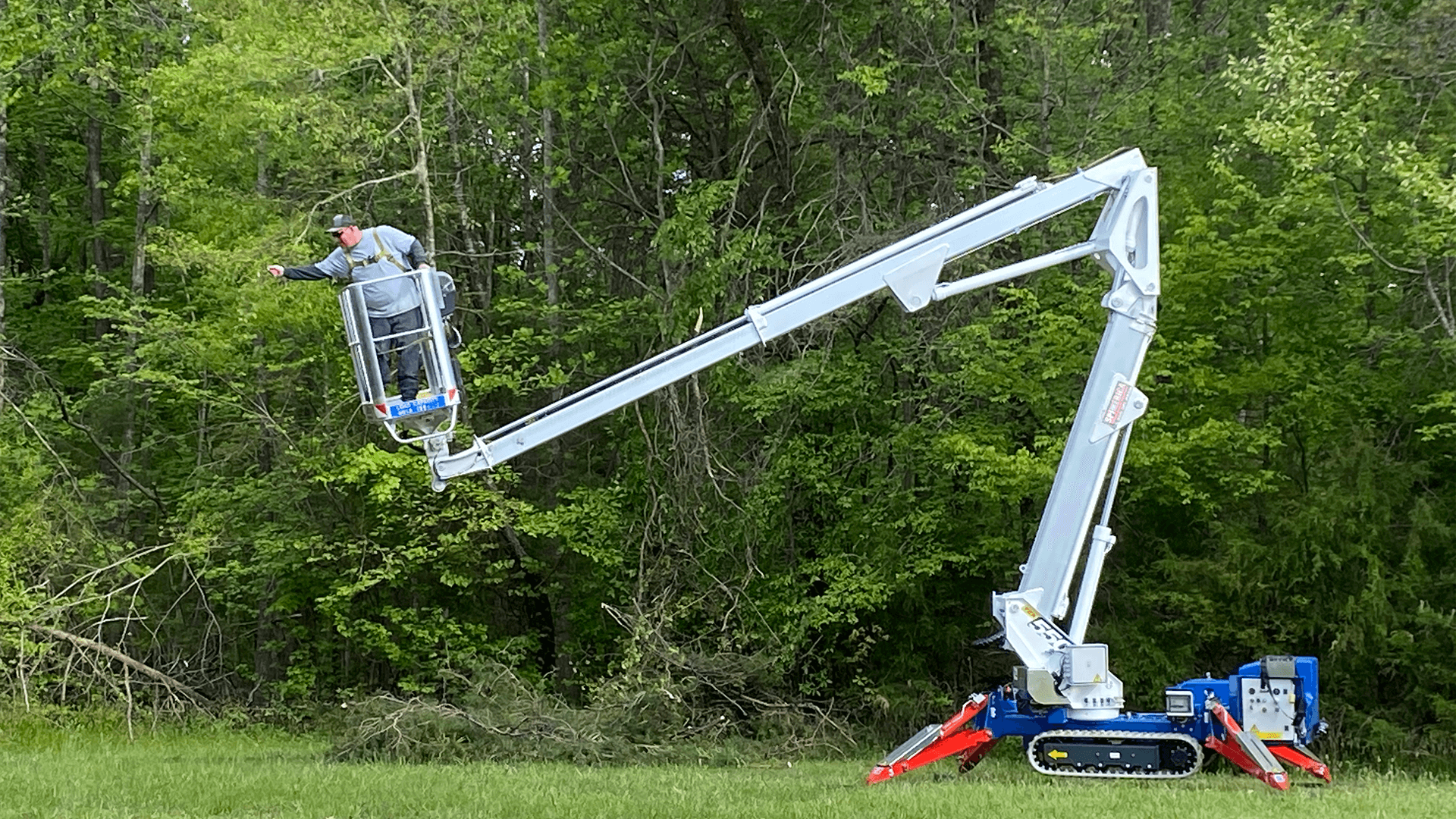
Cutting Down the Tree
The tree is carefully cut down in sections, starting from the top. This method ensures control over the direction of each section’s fall.
Stump Removal
Stump grinding is often used to remove the stump, allowing for future landscaping or replanting.
Cost of Tree Removal
Factors Affecting Cost
Tree size, location, condition, and accessibility are key factors influencing the cost. Additional services like stump removal can also add to the price.
Average Cost Estimates
Tree removal can cost anywhere from $150 to $1,500, with most homeowners spending around $700.
Ways to Save on Tree Removal
Bundle services, schedule during the off-season, and maintain regular tree care to prevent costly removals.
Permits and Regulations
Local Laws and Guidelines
Different areas have different rules regarding tree removal. Always check with your local authorities.
How to Obtain Permits
Typically, you’ll need to submit an application detailing the tree and reasons for removal. There might be a fee involved.
Consequences of Not Following Regulations
Ignoring regulations can result in fines and potential legal issues. It’s always better to follow the rules.
Safety Tips for Tree Removal
Personal Protective Equipment (PPE)
Always wear helmets, gloves, safety glasses, and sturdy footwear. This gear can protect you from potential hazards.
Safe Cutting Techniques
Learn and use proper cutting techniques to avoid accidents. Missteps can lead to serious injuries.
Dealing with Power Lines
If a tree is near power lines, contact your utility company. Do not try to take down these trees on your own.
Environmental Impact of Tree Removal
Effects on Local Ecosystems
Removing trees can disrupt local wildlife and ecosystems. Consider the environmental impact before deciding.
Mitigating Negative Impact
Plant new trees and support local biodiversity to offset the impact of removal.
Replanting and Restoration
Choose native species for replanting to maintain the natural balance of your area.
What to Do with the Wood
Recycling Options
Wood can be recycled into mulch, firewood, or other useful products.
Selling the Wood
Some types of wood can be sold to mills or craftsmen, providing a potential source of income.
Creative Uses for Tree Wood
Consider using the wood for DIY projects like furniture, garden borders, or art.
Alternatives to Tree Removal
Pruning and Trimming
Regular maintenance can keep trees healthy and reduce the need for removal.
Tree Cabling and Bracing
These methods can support weak branches and prevent them from breaking.
Treatment for Tree Diseases
Some diseases can be treated with proper care and intervention, saving the tree from removal.
After Tree Removal: Next Steps
Soil Restoration
Removing a tree can disturb the soil. Restore it by adding nutrients and preparing it for new plants.
